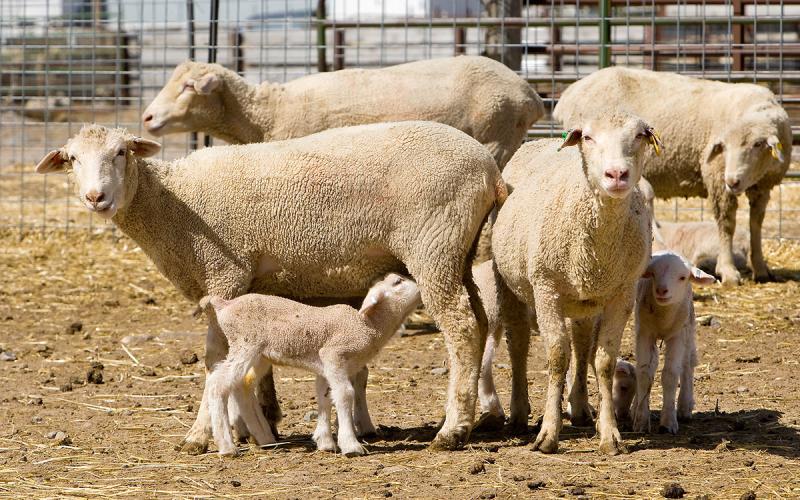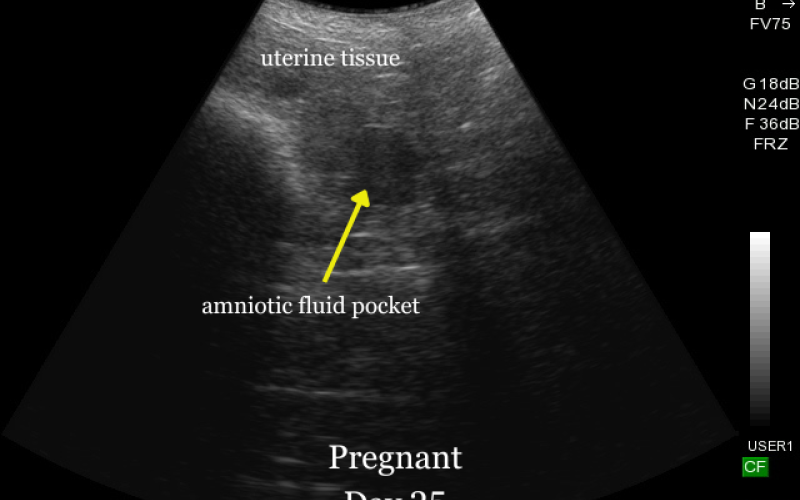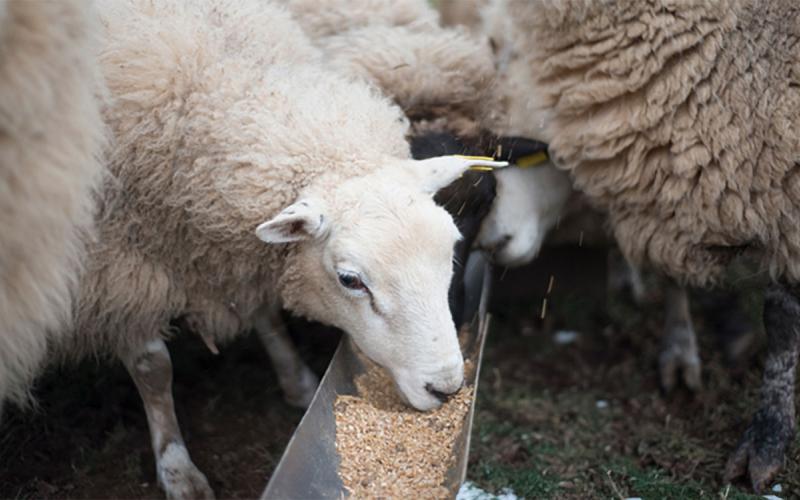Originally written by David Ollila, former SDSU Extension Sheep Field Specialist, with contributions by Kelly Froehlich, former Assistant Professor & SDSU Extension Sheep and Goat Specialist.
Sheep producers continually look for opportunities to improve their flocks through the introduction of genetic traits that will contribute to both improve the performance and physical appearance of the offspring. For hundreds of years, producers used the phenotype or physical appearance traits to select replacement stock, followed by performance trials and wool testing to quantitatively define the traits a specific animal may possess. This natural progression led to efforts in predicting the performance of the offspring based on the heritable traits potentially transmitted from the dam and sire.
Expected Progeny Differences
The beef industry has successfully used Expected Progeny Differences (EPDs) as a very reliable way to select and market specific traits in breeding stock. The sheep industry’s effort to develop an infrastructure to provide these services has culminated into the National Sheep Improvement Program. NSIP is supervised by a board of directors committed to genetic improvement in the sheep industry and all breeds of U.S. sheep may participate. Like cattle breeds, each recognized breed is evaluated separately. The technology that NSIP offers is through a cooperative agreement between the National Sheep Improvement Program and the Australian company Sheep Genetics. This agreement will transfer the genetic information of sheep in NSIP “Pedigree Master” software to LambPlan, the national sheep performance program of Australia. Sheep Genetics analyzes the performance and genetic information from the Pedigree Master software and generates estimated breeding values (EBVs). The EBVs offer information that seed stock producers can utilize to evaluate and strengthen the performance of genetic traits that will provide consistency (accuracy values) in transmitting the desired performance to offspring. Commercial producers can utilize the indexes developed from the EBVs to genetically improve the ewe flock or select terminal sires that will enhance the growth potential of the market lamb.
National Sheep Improvement Program
The “National Sheep Improvement Program” website contains information on how to enroll and additional information about the program. Upon enrollment, which requires a fee based on the number of sheep in your active seed stock flock, new members will be assigned a NSIP mentor from their respective breed to assist them. Additionally, each breed has a representative on the NSIP board that takes input from all breeders and can help on issues that mentors are not clear on. Performance data is submitted into a free software program provided by NSIP called “Pedigree Master”. This program takes some time to learn how to use but is highly recommended that each producer learn how to use it. Producers can hire data managers to input data for them; however, most producers that do the data entry themselves more clearly understand how the program operates and better understand the EBVs that are created.
As program enrollees prepare for data collection, they need to evaluate their current system and the type of data required to determine adjustments that need to be made to meet NSIP requirements. A major component is the establishment of contemporary groups allowing for comparison of the individuals especially sires within a group managed in similar environmental and nutritional conditions. A proper data collection plan with scheduled deadlines for collecting and entering data will not only improve the value of the data entered but also make it a low stress activity on producer and flock alike. Some data collection such as wool analysis and loin muscle depth with need to be measured by a NSIP certified technician. The NSIP website provides contact information of technicians that will provide this service for a fee.
As data is entered into the Pedigree Master software, it can be submitted to Sheep Genetics every 2 weeks and producers will have on going EBV development for their flock. A question that frequently arises from producers is what animals to start in the data entry. It has been recommended that the best starting point in a flock is with the lambs and follow them through the data collection of their growth performance and their wool analysis at the first shearing, and into their reproductive performance through their productive life. Unless your previous records complement the NSIP requirements, it will be difficult to unravel the information needed on past growth and reproductive performance of current breeding stock in the flock.
Participation in NSIP and the development of estimated breeding values (EBVs) provides an additional technological component to a flock’s genetic development. Producers should understand that EBVs are intended to supplement and support your current genetic selection methods which should include visual inspections, knowing your flock’s current performance, and having goals for flock improvement.


